| Pushpa told us that shortly before coming to study here, she had started feeling a burning pain in her eyes and that they were watering a lot. She first noticed it at home, when she was sewing, and her family had arranged for her to see an optician, who had prescribed glasses. Unfortunately, her family had not been able to afford these and so there was nothing further that they could do. The nature of the work with the residential students at Aryaloka as funded by Young Indian Futures has a history of stretching beyond the classroom into health needs and it was not the first time Shakyajata had arranged a medical appointment for a student, hoping to then fund the required treatment from the charitable donations to the charity. Sheetal was optimistic that an eye appointment and glasses for Pushpa would not cost more than two thousand rupees (that’s about twenty five pounds at the current exchange rate) and so, on Monday morning, I set off on the bus with them both to support as much as I could. I’d spoken with my mum at the weekend and she’d mentioned that she would transfer some cash to my account for Christmas, so while I’m having to be very careful with my pennies during my time not earning here, I felt I could stretch to this cost myself without dipping into the charity pot. It seems, from a western perspective, like a small thing, just a basic need, but something that can make such a big difference to daily quality of life. I’ll be honest; my reasons for going weren’t purely altruistic. Yes, I did want to support Pushpa and yes, I wanted to help free up time for Shakyajata (she’s had a very busy week conducting interviews and filming a documentary), but I was also very interested to get a nosey into an Indian eye hospital! I’m not so curious about the Indian healthcare system I fancy trying it out for myself, but if the opportunity arises... well, why not? It wasn’t far, just a little further up Dr Ambedkar Road from one of our favourite restaurants and it seemed clean, welcoming and professional, if a little old fashioned. I hadn’t been too sure what to expect but I was pleasantly relieved. Sheetal told me that this would be a far better standard of care centre than the one Pushpa would have attended before coming to Nagpur. We registered and waited in the foyer, Pushpa looking nervous, Sheetal fielding questions about us (and I think mostly about me) from the other patients. I guess they were curious due to my attendance but at least it gave Sheetal (from what I could gather) an opportunity to promote the work of the institute and generally spread awareness of Aryaloka. I had tried to make Pushpa feel better by saying ‘at least you get the morning out of the classroom!’ but I’m not sure that did much to ease her nerves, especially when she was called up to read letters from a familiar looking chart, publically, in the waiting room! She was then handed a slip of paper with some details about her performance and we settled down to wait again. It didn’t seem that we had to wait long. I’d like to think we waited the standard length of time but I’ve been aware of a couple of times when the presence of a white face has facilitated a queue jump, so maybe we got lucky! |
| The optician was a kind man, with good English who told me he’d visited London twice, as a tourist. I guess an eye doctor must be a pretty well paid job! Perhaps not as well paid as some would like however; he examined Pushpa’s eyes and told us there was nothing wrong with her vision at all, it was actually very good. He said it was common for people to be given very weak and unnecessary prescriptions in order for the practitioner to receive some commission but that in this case, he did not feel poor eyesight was the cause of the pain. His diagnosis was sensitivity to airborne pollutants and instead prescribed eye drops! No need for any expense! The consultation only cost two hundred rupees (I tried to pay but they could not take my card or change my 2000 note, so Sheetal stepped up!) and the drops themselves, which we collected from a chemist on the way home, were less still than that! A very good outcome indeed! No expensive glasses (and I imagine Pushpa is relieved not to be wearing them!) and no further messing about with fitting frames and lenses or going back to collect them the next day. We were even home in time for lunch! So far so good for Pushpa too; I asked her on Tuesday evening if the drops were helping. “Yes!” she said, her eyes were much better. Hopefully this will help her study, but if nothing else it’s enough that she’s simply more comfortable. So why have I felt the need to share this publically? Partly, it’s interesting, as I said, to see inside the machinations of healthcare systems in other countries but mostly for another far more important reason. I actually feel really grateful. I’m verging towards the proud but I’ll try and curb that one, mostly I’m feeling grateful to have this opportunity to work alongside such compassionate people. People who notice another’s suffering and take time to find and then provide what they need. |
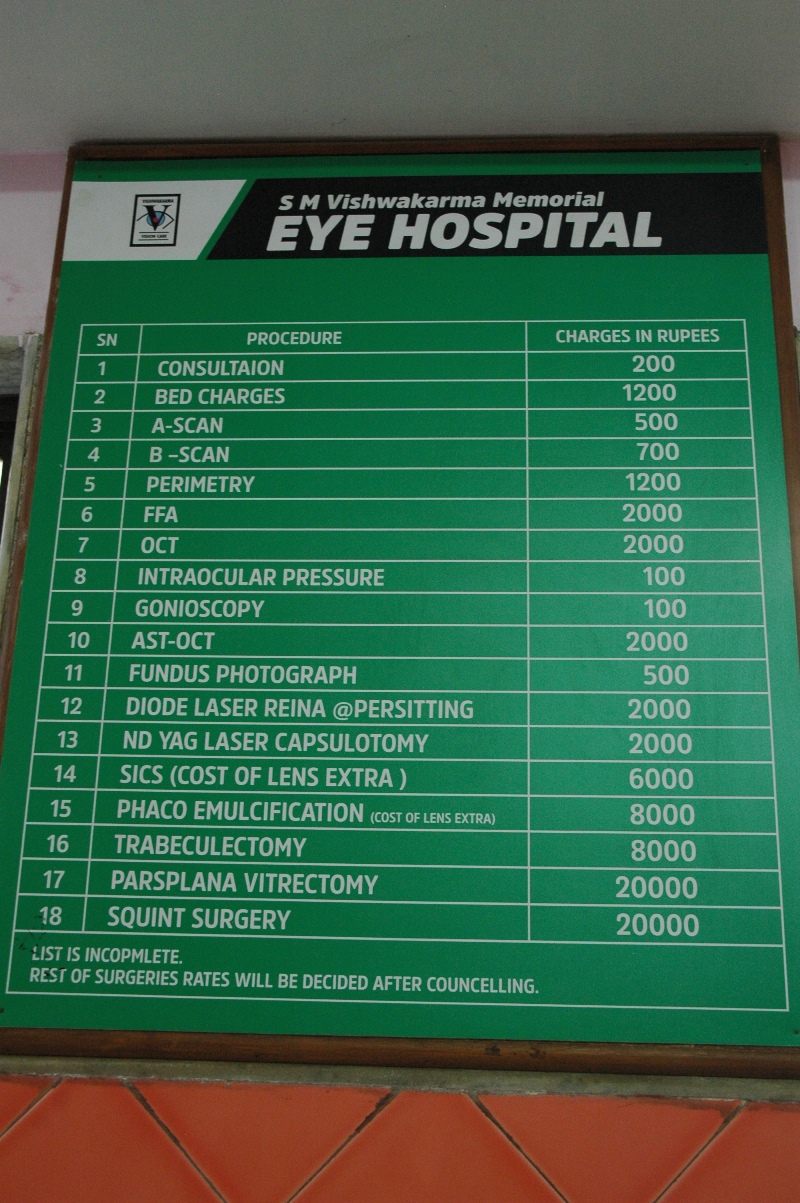
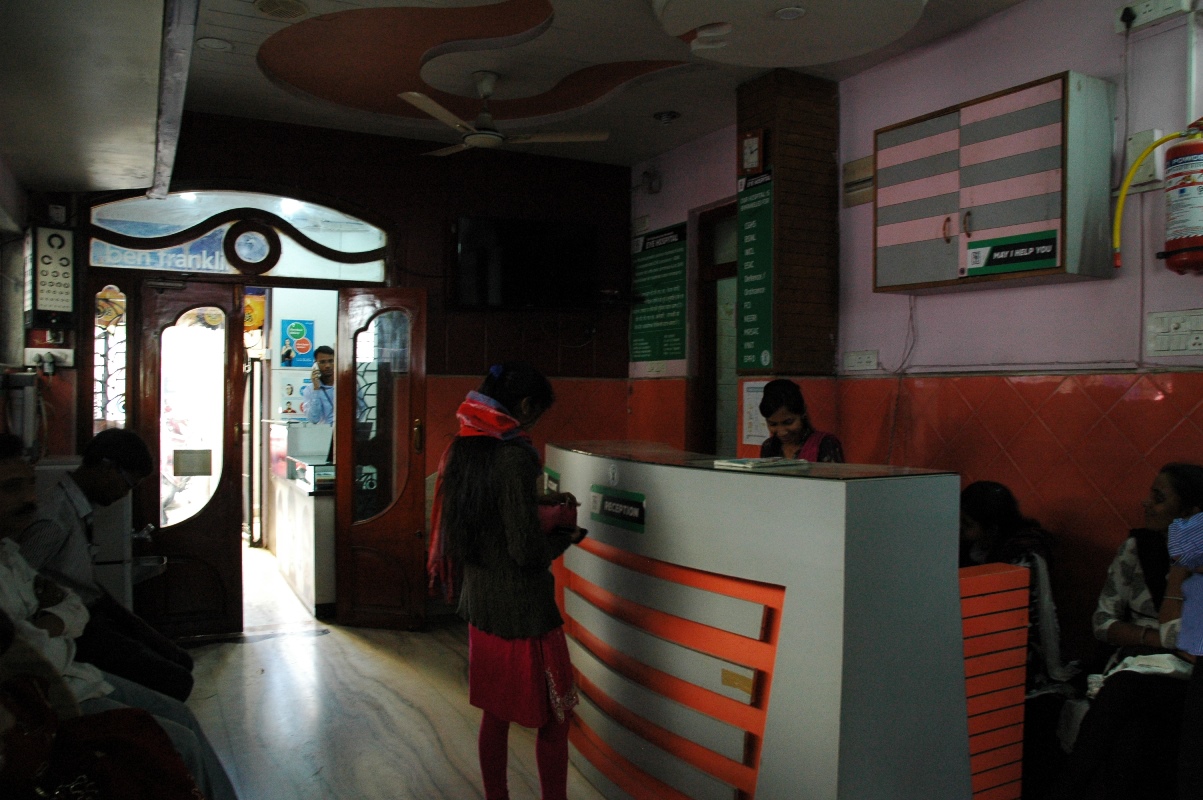

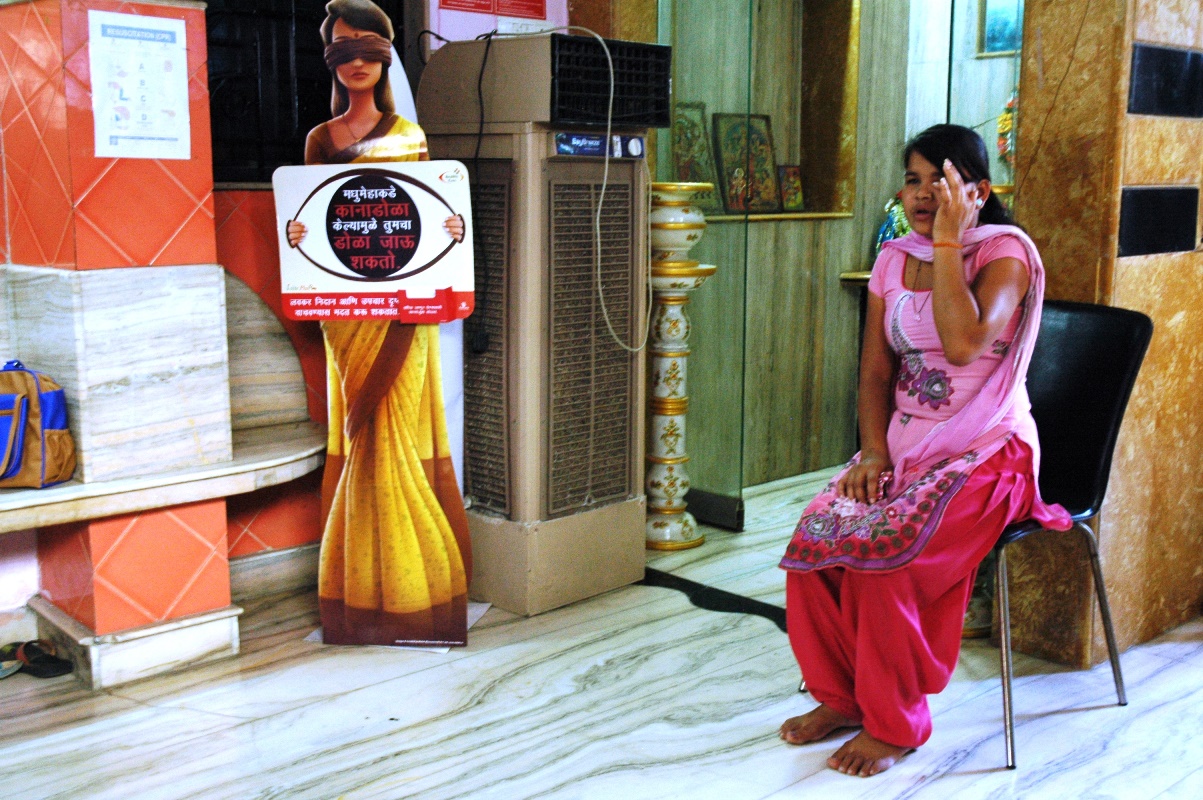

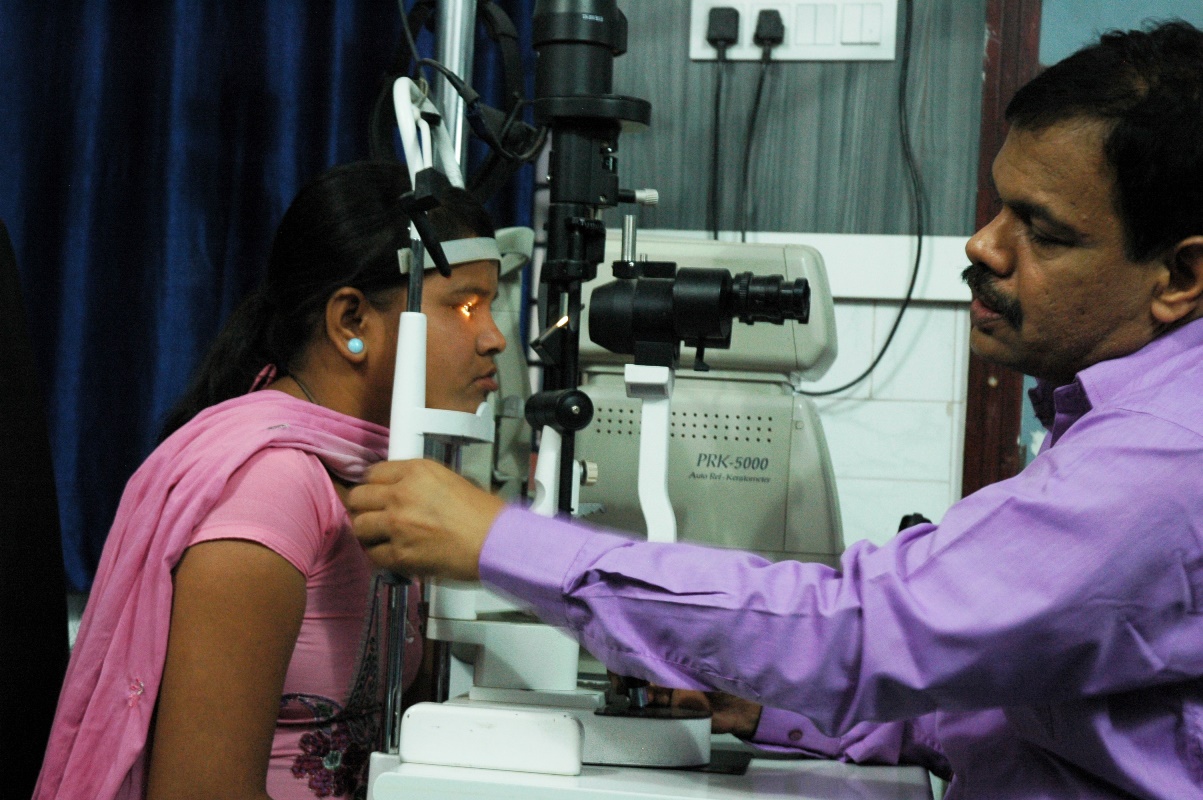
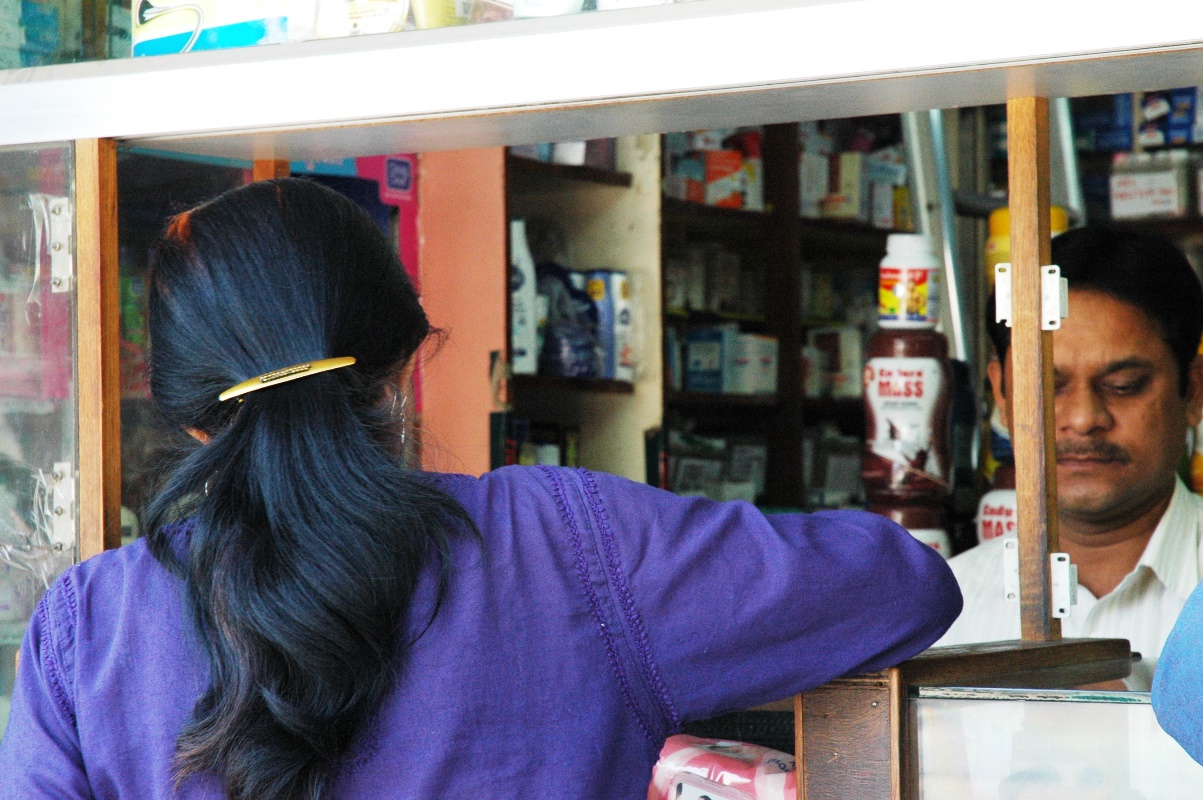
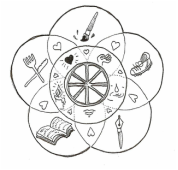
 RSS Feed
RSS Feed
